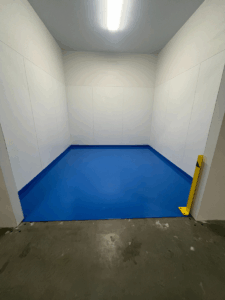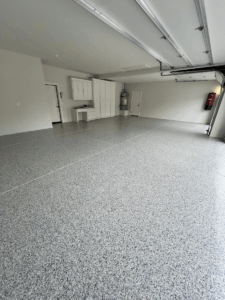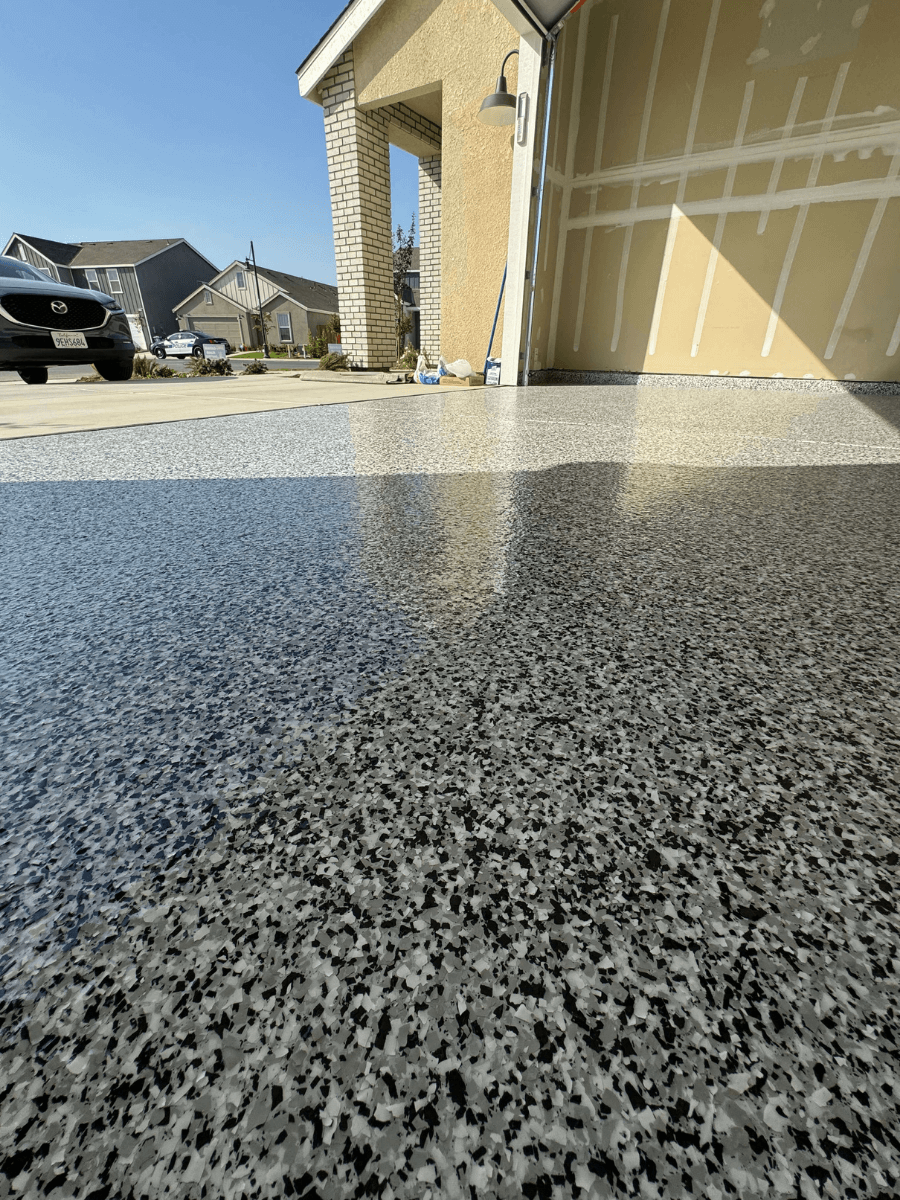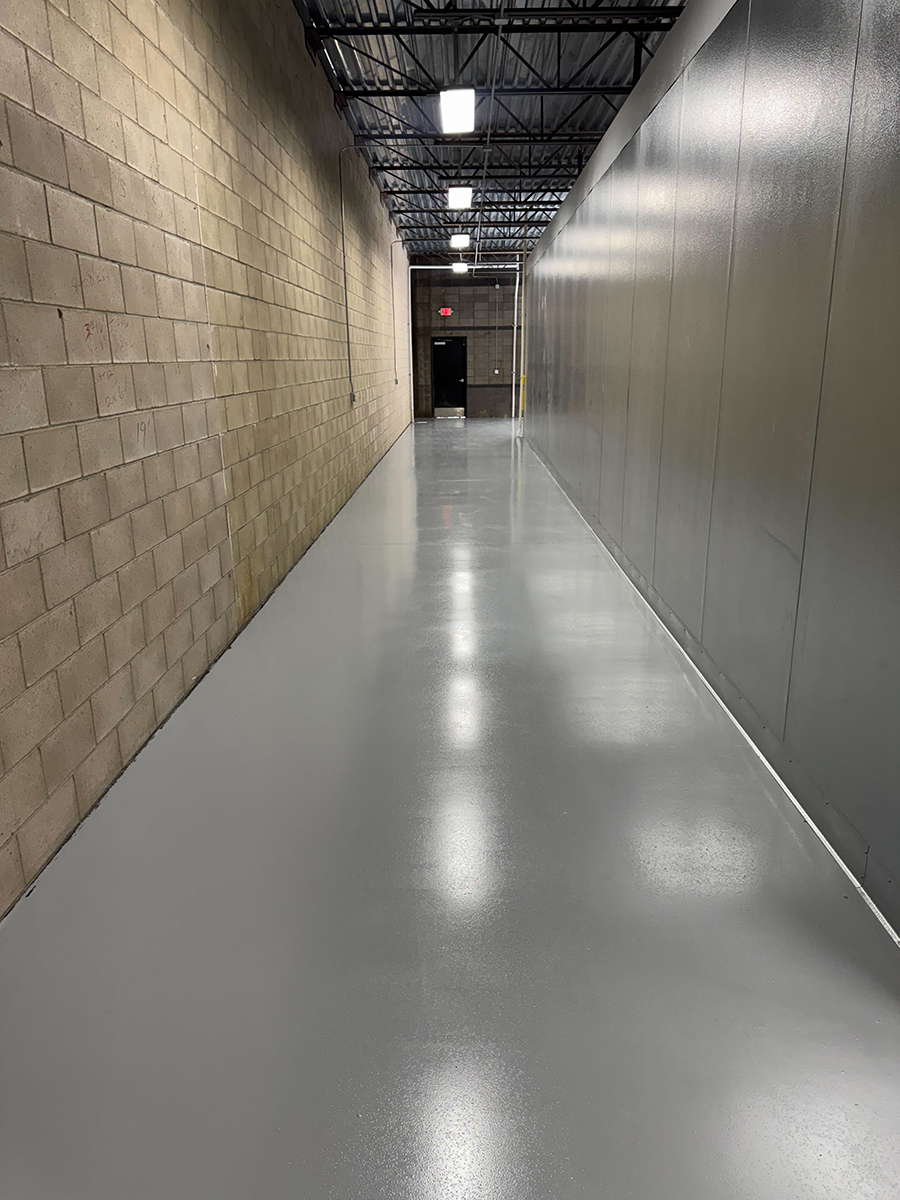In the highly competitive restaurant industry, every detail contributes to the success of a business, from the menu to the atmosphere. One often overlooked element is flooring, which plays a critical role in the functionality, safety, and aesthetics of a restaurant. Flooring can impact the overall customer experience, employee comfort, and the long-term maintenance needs of the establishment. In 2024, several emerging trends in restaurant floor coatings combine cutting-edge technology with contemporary design to meet the needs of both front-of-house and back-of-house spaces.
Sustainable and Eco-Friendly Floor Coatings
Sustainability is a growing concern for both restaurant owners and customers, and eco-friendly floor coatings are at the forefront of this movement. In 2024, many restaurants are seeking environmentally responsible flooring solutions that reduce their carbon footprint and contribute to a cleaner planet. These coatings are often made from recycled materials, low-VOC (volatile organic compounds) substances, or natural resources that have a reduced environmental impact.
For example, water-based epoxy and polyaspartic coatings are becoming popular for their low emissions during application and durability over time. Additionally, many restaurant owners are opting for flooring made from sustainable materials like reclaimed wood or bamboo, sealed with eco-friendly coatings. These choices not only help restaurants meet environmental goals but also attract eco-conscious diners who value sustainability.
Slip-Resistant and Safety-First Floor Coatings
Safety is always a top priority in the restaurant industry, especially in high-traffic areas like kitchens and dining rooms. Slips, trips, and falls are among the most common accidents in restaurants, which makes slip-resistant flooring a crucial consideration. In 2024, more restaurant owners are investing in floor coatings that offer excellent traction without sacrificing design.
Textured coatings, such as those made from epoxy or urethane, are engineered to provide slip resistance, even in areas prone to moisture or spills. These coatings can be customized with aggregate materials like sand or quartz to enhance grip while maintaining an appealing look. This trend helps restaurants comply with health and safety standards while creating a safer environment for employees and guests.
Custom Designs and Branding Integration
Restaurant owners are increasingly using flooring as a canvas to enhance their brand identity. In 2024, custom-designed floor coatings that incorporate logos, color schemes, or artistic patterns are gaining popularity. According to our fellow floor coating friends at Milliken, modern coating technologies like decorative epoxy or stained concrete allow for a high degree of creativity, which enables restaurant owners to blend their branding into the overall interior design seamlessly.
For instance, restaurants can opt for custom-colored coatings that match their logo or aesthetic or even embed the restaurant’s name or logo directly into the floor using a durable, clear epoxy finish. Decorative floor coatings can also mimic the look of high-end materials like marble or granite at a fraction of the cost, giving restaurants an upscale feel without the hefty price tag.
This trend not only enhances the restaurant’s visual appeal but also helps create a memorable dining experience for guests. A visually striking floor can set the tone for the ambiance and make a lasting impression on customers, encouraging repeat visits.
Anti-Microbial and Hygienic Coatings
Hygiene is paramount in the restaurant industry, especially in a post-pandemic world where customers and employees are more conscious than ever about cleanliness and safety. In 2024, the demand for anti-microbial and hygienic floor coatings is on the rise, particularly in kitchen and food prep areas.
These specialized coatings are designed to inhibit the growth of bacteria, mold, and mildew, creating a cleaner environment for food handling. Epoxy and polyurethane floor coatings with built-in anti-microbial agents are particularly popular in restaurants, as they offer seamless, non-porous surfaces that are easy to clean and sanitize. The smooth finish eliminates cracks and crevices where dirt and germs could accumulate, making these coatings a practical choice for maintaining high hygiene standards.
For restaurants that prioritize food safety and cleanliness, investing in hygienic floor coatings can also help them comply with health regulations, prevent contamination, and protect their reputation.
Durability and Heavy-Duty Performance
Restaurants experience high levels of foot traffic and heavy use of kitchen equipment, which means their floors need to withstand significant wear and tear. Durability is a key consideration for any restaurant floor, and in 2024, the trend is toward coatings that are designed for longevity and minimal maintenance.
Heavy-duty epoxy and polyurethane coatings are leading the way in terms of durability, as they provide a protective layer that resists stains, scratches, and abrasions. These coatings are ideal for both dining areas and kitchens, where floors are subjected to constant movement, hot spills, and sharp objects.
Additionally, polyaspartic coatings are gaining popularity due to their rapid curing times, which means restaurants can minimize downtime during installation or maintenance. Polyaspartic coatings are also highly resistant to chemical spills, making them ideal for kitchens where harsh cleaning products are regularly used.
By investing in durable floor coatings, restaurant owners can reduce the frequency of repairs or replacements, saving time and money in the long run while maintaining an attractive, professional appearance.
Thermal and Acoustic Insulation
Comfort plays a significant role in a guest’s dining experience, and restaurants are increasingly paying attention to factors like temperature and noise control. In 2024, floor coatings that offer thermal and acoustic insulation are gaining traction, especially in restaurants with large open spaces or outdoor dining areas.
Thermal insulation helps maintain a comfortable temperature inside the restaurant, which can reduce energy costs associated with heating and cooling. Epoxy and rubberized coatings are often used for this purpose, as they provide a layer of insulation that keeps the floor warm during colder months and cool during warmer months.
Acoustic insulation, on the other hand, is essential for creating a pleasant dining atmosphere. Noise can easily become an issue in busy restaurants, especially in open-concept designs with high ceilings. Specialized coatings, such as rubberized or cushioned flooring, can help absorb sound and reduce noise levels, creating a more intimate and comfortable environment for diners.
Polished Concrete for a Modern Aesthetic
Polished concrete has been steadily gaining popularity over the past few years, and in 2024, it remains a top choice for restaurants seeking a modern, industrial aesthetic. Polished concrete flooring is not only visually appealing but also extremely durable, making it perfect for high-traffic areas.
The reflective surface of polished concrete enhances lighting, creating a bright and welcoming atmosphere in dining spaces. It also offers versatility in design, as it can be stained or dyed in various colors to match the restaurant’s theme. Polished concrete is also easy to clean and maintain, making it a practical choice for busy restaurant environments.
Conclusion
The top trends in restaurant floor coatings for 2024 reflect a blend of aesthetics, functionality, and sustainability. From eco-friendly materials and custom branding to anti-microbial finishes and heavy-duty durability, modern floor coatings offer solutions that enhance both the visual appeal and operational efficiency of restaurants. As the industry continues to evolve, restaurant owners are increasingly recognizing the importance of choosing floor coatings that align with their brand, meet safety standards, and improve the overall dining experience for their guests.
By staying informed about the latest trends in floor coatings, restaurant owners can make smarter investments in their flooring that not only meet current demands but also prepare them for future growth and success.








